A Tapestry of Culture and Nature
Tanzania, a land steeped in rich history and adorned with breathtaking landscapes, boasts an impressive array of UNESCO World Heritage Sites that celebrate its cultural and natural heritage. With eight designated sites—more than any other African nation—and the potential for five more, Tanzania stands as a testament to the diverse beauty and significance of its attractions.
The cultural heritage of Tanzania is as captivating as its stunning scenery. Among its eight World Heritage Sites, you’ll find:
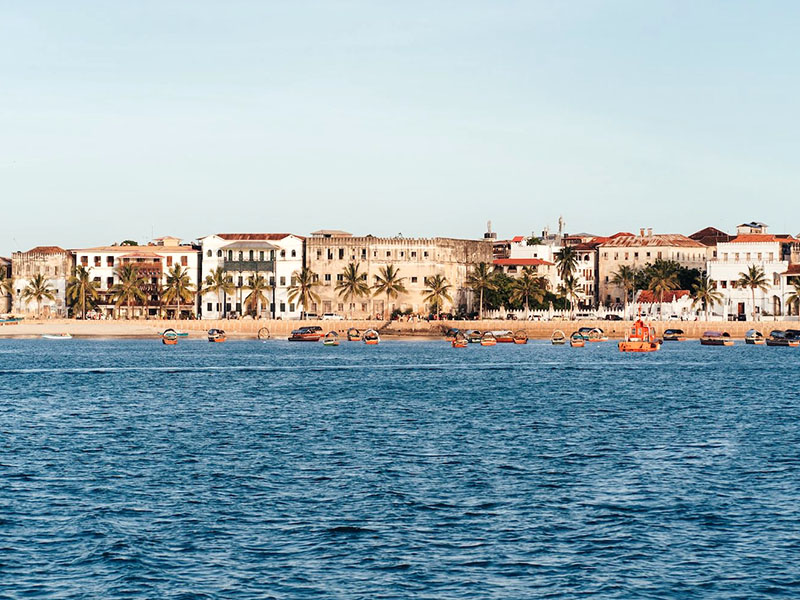
A UNESCO World Heritage Site since 2000, this historic town is a melting pot of cultures, influenced by Arab, Persian, Indian, and European traders. With its winding alleys, bustling bazaars, and exquisite architecture, Stone Town invites visitors to step back in time and explore its vibrant history.
Ahnasa Recommends
Begin your journey by immersing yourself in the rich history and vibrant atmosphere of Stone Town, where every corner tells a story. Wander through its winding alleys, soak in the enchanting culture, and experience the magic of this historic trading hub. Then, retreat to the pristine beaches of Zanzibar for a few days of pure bliss—relax, rejuvenate, and let the soft whispers of the ocean soothe your soul.
Ruins of Kilwa Kisiwani and Ruins of Songo Mnara
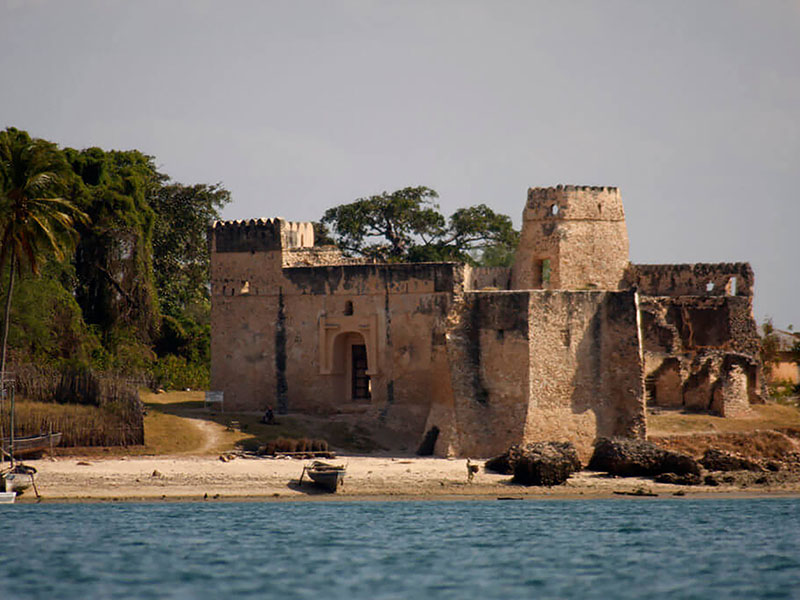
Located on two islands close to each other just off the Tanzanian coast about 330 kilometres south of Dar es salaam, these ancient trading cities were once the centre of a thriving commerce network in the 9th century. Designated as a World Heritage Site in 1981, Kilwa Kisiwani showcases the remnants of grand mosques, palaces, and fortifications that speak to the grandeur of its past.
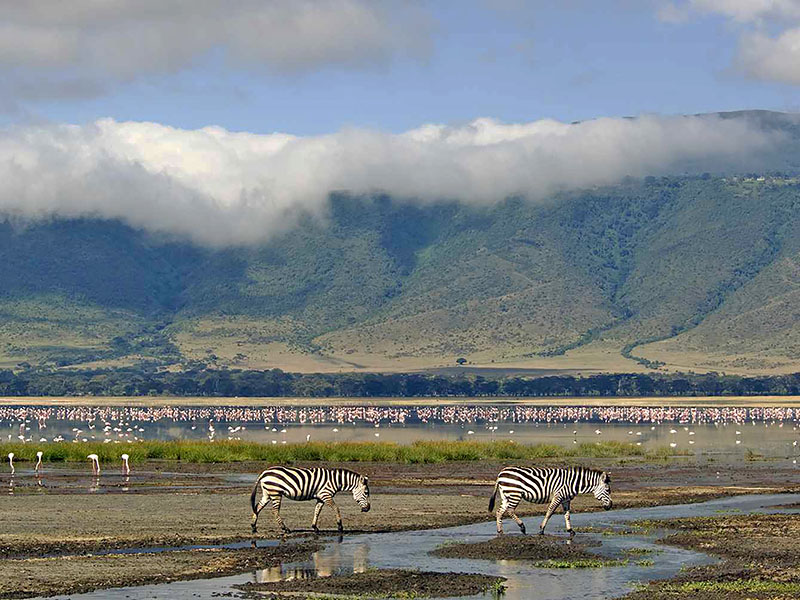
Nestled in the heart of Tanzania, the Ngorongoro Crater is a breathtaking natural marvel that captivates every visitor. Often hailed as a natural wonder of the world, this UNESCO World Heritage Site and biosphere reserve offers an extraordinary blend of landscapes and wildlife. As the world’s largest intact volcanic caldera, measuring an impressive 19 kilometres in diameter with towering walls rising 610 metres, the crater holds an almost otherworldly beauty.
The diversity within the crater is astounding—its forested walls plunge into a vibrant mosaic of grasslands, wetlands, and a shimmering saline lake on the crater floor. Each corner reveals something new, whether it’s grazing wildebeest on the savanna or flamingos dotting the lake’s shores. What sets the Ngorongoro Crater apart is its rich harmony of life, where wildlife thrives alongside the Maasai people, demonstrating the remarkable coexistence of humans and nature in one of Earth’s most unique ecosystems.
Ahnasa Recommends
A couple of nights stay, with a half-day safari into the crater is an unforgettable experience. Tie this in with a visit to the Olduvai Gorge.
Olduvai Gorge
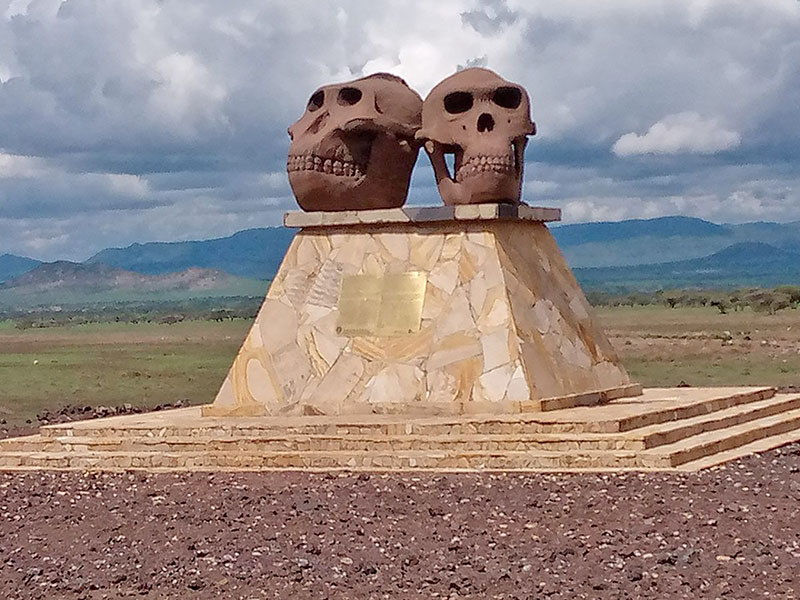
At the heart of the Great Rift Valley lies Olduvai Gorge, a place that resonates with the echoes of our ancient past. Known as the “Cradle of Mankind,” this iconic site holds a special place in human history. It was here that renowned anthropologists Louis and Mary Leakey unearthed groundbreaking discoveries that reshaped our understanding of human evolution, solidifying Africa as the birthplace of humanity. Since 1979, Olduvai has been recognized as a UNESCO World Heritage Site, and its archaeological significance has given the world invaluable insights into our origins.
Ahnasa Recommends
While en route from the Ngorongoro Crater to the Serengeti, a stop at Olduvai Gorge is a must. The museum perched on the edge of this vast ravine offers visitors a fascinating glimpse into fossil excavation and human history. One hall is dedicated to the remarkable contributions of the Leakey family, while another showcases the Laetoli fossilised footprints—a discovery made by Mary Leakey, just 45 kilometres south of Olduvai. Visiting Olduvai is not just an educational experience, but a profound journey into the roots of our shared human story.
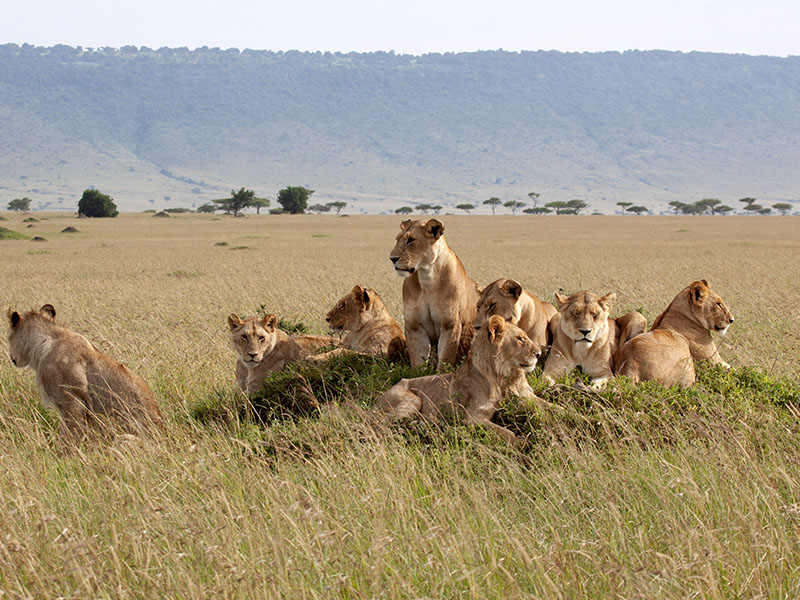
Renowned for the awe-inspiring spectacle of the Great Migration, the Serengeti is where millions of wildebeest and zebras embark on a thrilling, instinct-driven journey across its vast plains. This natural phenomenon, one of the most dramatic and breathtaking on the planet, is a testament to the raw, untamed beauty of Africa. The Serengeti, a UNESCO World Heritage Site, embodies the true spirit of the wilderness, where the rhythms of life and survival play out against a backdrop of sweeping grasslands, acacia-dotted savannas, and dramatic river valleys.
Beyond the migration, the park is a sanctuary for an astonishing array of wildlife. From majestic lions and elusive leopards to graceful giraffes and herds of elephants, the Serengeti’s diverse ecosystems teem with life. It’s a destination that promises more than just a safari—it’s an immersion into the heart of Africa, where nature reigns supreme. For nature lovers and adventure seekers alike, the Serengeti offers an unparalleled experience, where every moment brims with the magic of the wild.
Ahnasa Recommends
A minimum of 3 – 4 nights in the Serengeti National Park. However, the area is so vast with so many different regions, you could easily spend a week exploring the park.
The Serengeti is also home to the Wildebeest Migration which moves in a cyclical pattern – there’s always a time to try and catch the migration – but location is everything!
Mount Kilimanjaro National Park
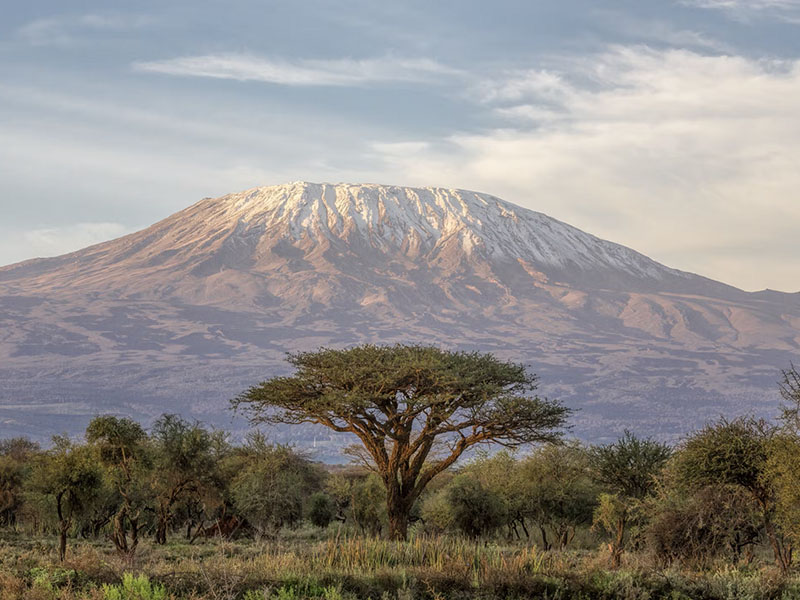
Dominating the Tanzanian skyline, Mount Kilimanjaro stands as Africa’s highest peak and a magnet for climbers and adventurers worldwide. This majestic mountain, a UNESCO World Heritage Site, offers an unparalleled trekking experience, where every step takes you through a mesmerising tapestry of landscapes. From the vibrant, misty rainforests teeming with wildlife to the surreal, arid expanses of alpine desert, Kilimanjaro’s diverse ecosystems make the ascent a journey like no other.
For nature lovers, the trek is an immersion into biodiversity, where you can witness unique plant species and perhaps spot the occasional colobus monkey swinging through the trees. But it’s not just the physical challenge that draws adventurers—it’s the chance to reach the “Roof of Africa” and gaze out at the vast expanse of the continent from its snow-capped summit. Whether you’re a seasoned mountaineer or a passionate nature enthusiast, Mount Kilimanjaro promises an unforgettable adventure and a deeper connection to Africa’s wild heart.
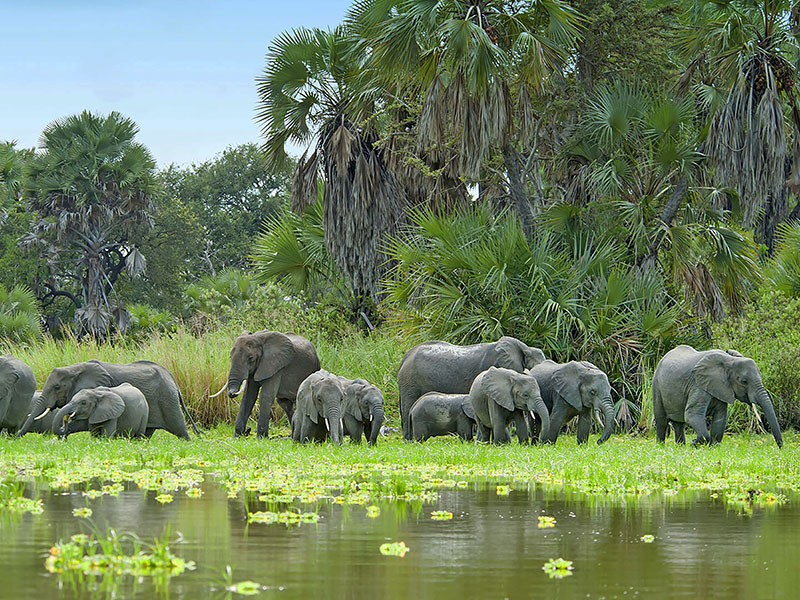
As one of Africa’s largest protected areas, the Selous Game Reserve offers an untouched wilderness experience that is both awe-inspiring and remote. This UNESCO World Heritage Site is a sanctuary for an abundance of wildlife, including elephants, hippos, and over 440 bird species, all set against a backdrop of diverse and dramatic landscapes. For those seeking an authentic safari away from the crowds, Selous delivers a raw, immersive adventure that brings you closer to nature.
Ahnasa Recommends
A boat safari on the reserve’s winding lakes and rivers offers a unique perspective, allowing you to glide quietly past wildlife and get up close to birds, hippos, and crocodiles in their natural habitats. For an even deeper connection with the environment, a walking safari in Selous is an eye-opening experience. Guided by expert rangers, you’ll uncover the intricate workings of the bush, gaining insight into the flora, fauna, and delicate balance that sustains this incredible ecosystem. It’s a journey that awakens all the senses and brings you into the heart of wild Africa.
Kondoa Rock Art Site
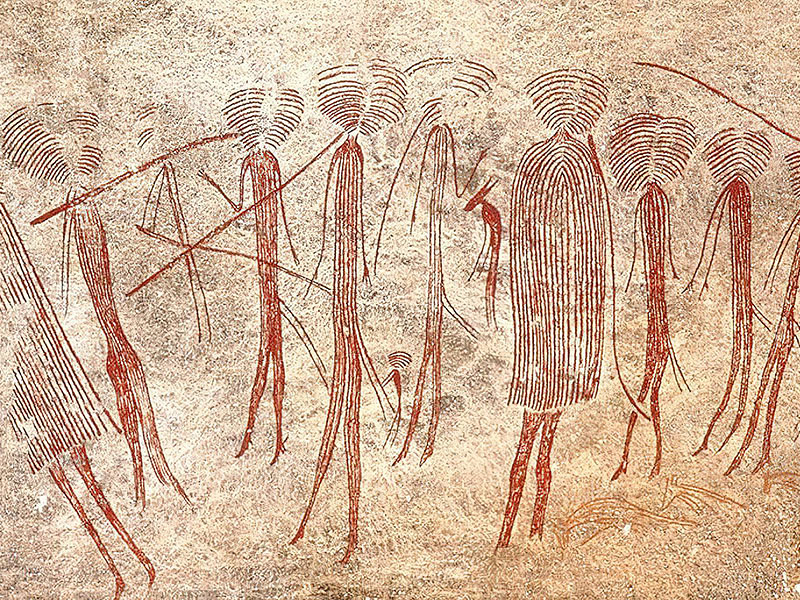
The Kondoa Rock Art Paintings, a UNESCO World Heritage site in Tanzania, offers a captivating glimpse into ancient life and spiritual traditions. Nestled in caves on the Maasai Escarpment overlooking the Great Rift Valley, these shelters showcase intricate paintings of elongated figures, animals, and hunting scenes. Dating back thousands of years, these artworks reflect the beliefs and rituals of the region’s early hunter-gatherer and agro-pastoralist communities. Today, many of these caves still hold cultural significance for local people, serving as a link between past and present through ongoing rituals and ceremonies.
Looking Ahead: The Future of Tanzania's Heritage
Tanzania’s commitment to preserving its heritage and natural wonders is evident in the ongoing efforts to recognise and protect additional sites. With the potential for five more sites to be added to the UNESCO list, Tanzania’s legacy as a hub of cultural and natural wealth continues to grow.
Tanzania’s UNESCO World Heritage Sites offer a unique opportunity to explore the country’s rich history and breathtaking landscapes. Whether you’re wandering the ancient streets of Stone Town, marvelling at the wildlife in Serengeti National Park, or scaling the majestic heights of Mount Kilimanjaro, each site presents a chance to connect with the extraordinary heritage that defines this remarkable nation. Join us at Ahnasa as we guide you through these awe-inspiring destinations, ensuring an unforgettable journey into the heart of Tanzania.